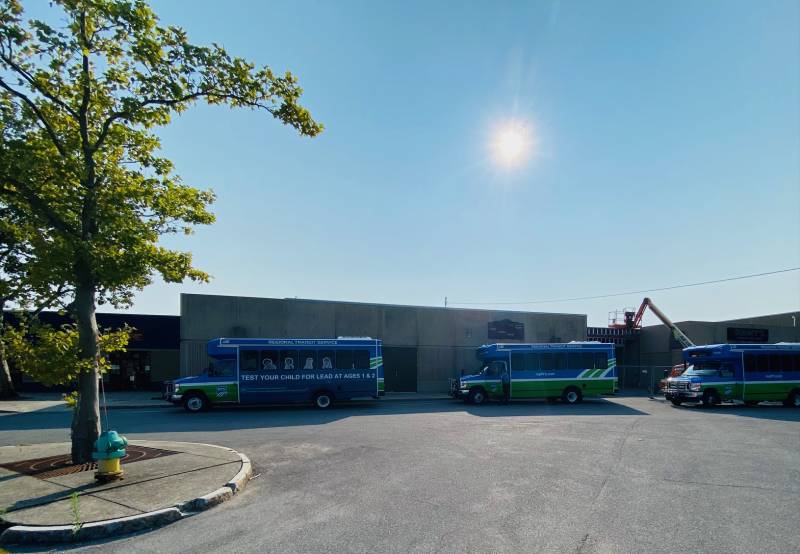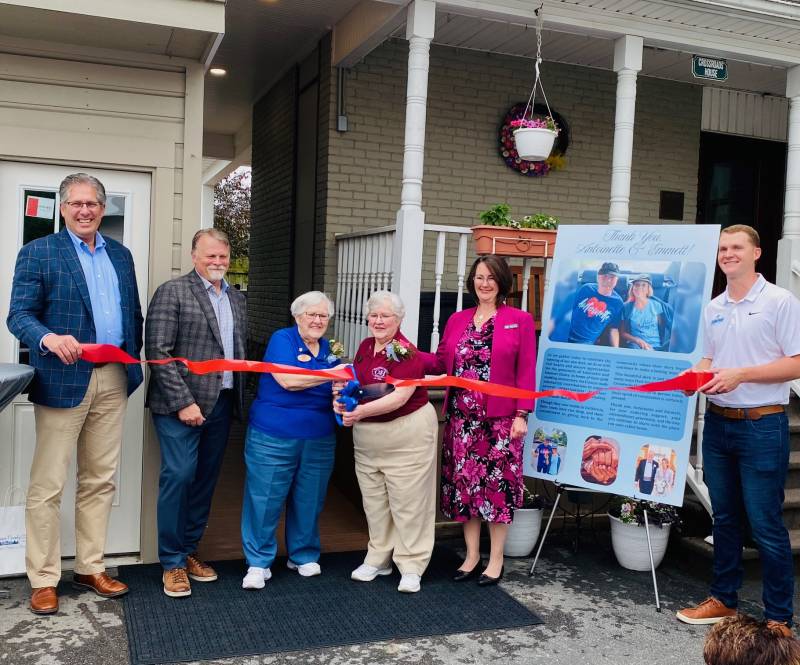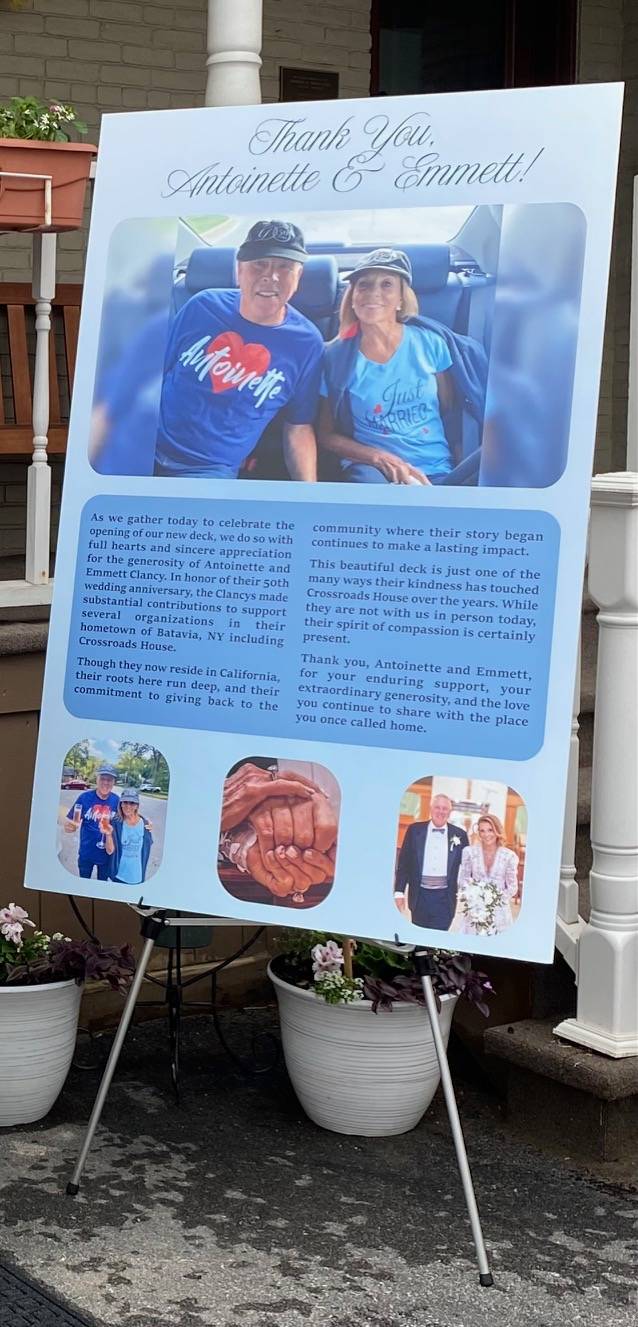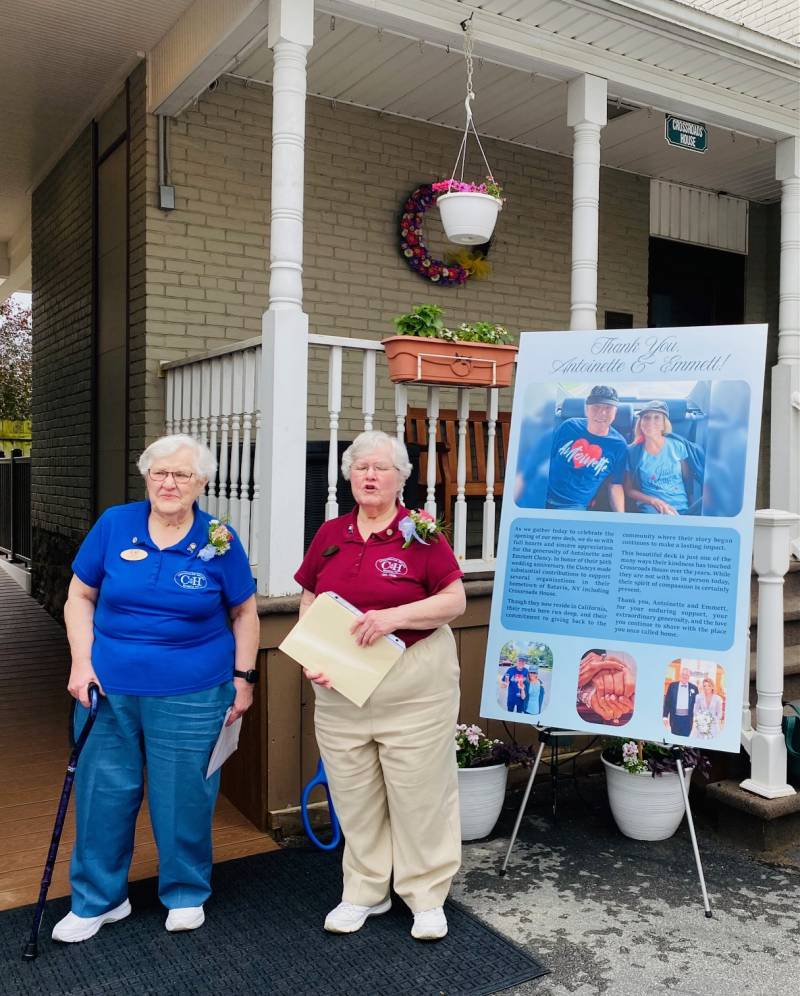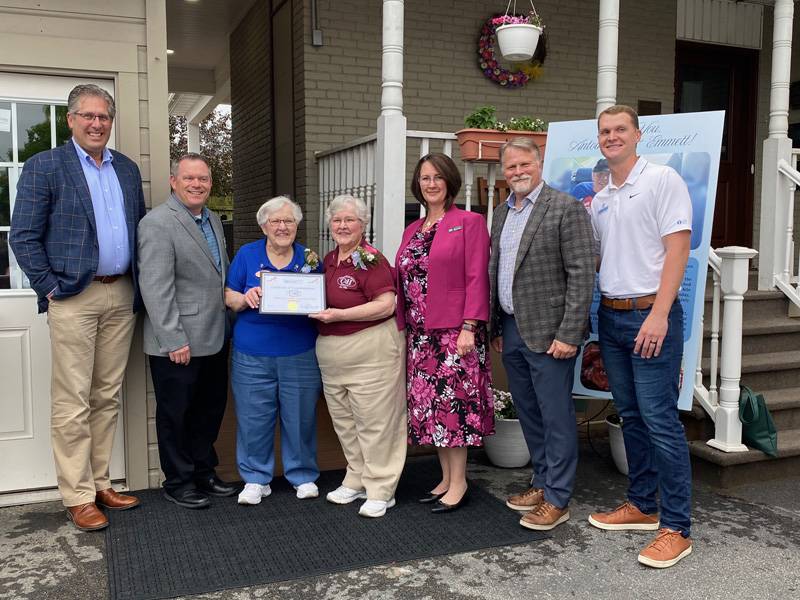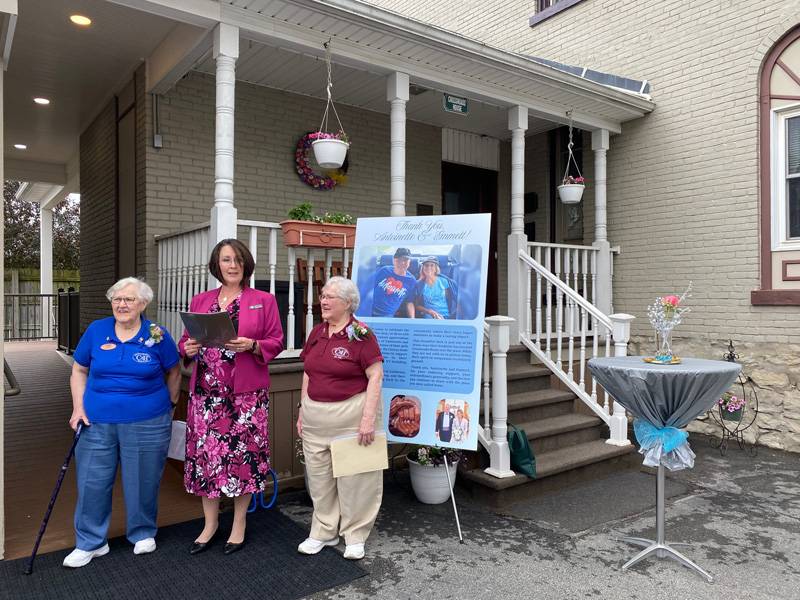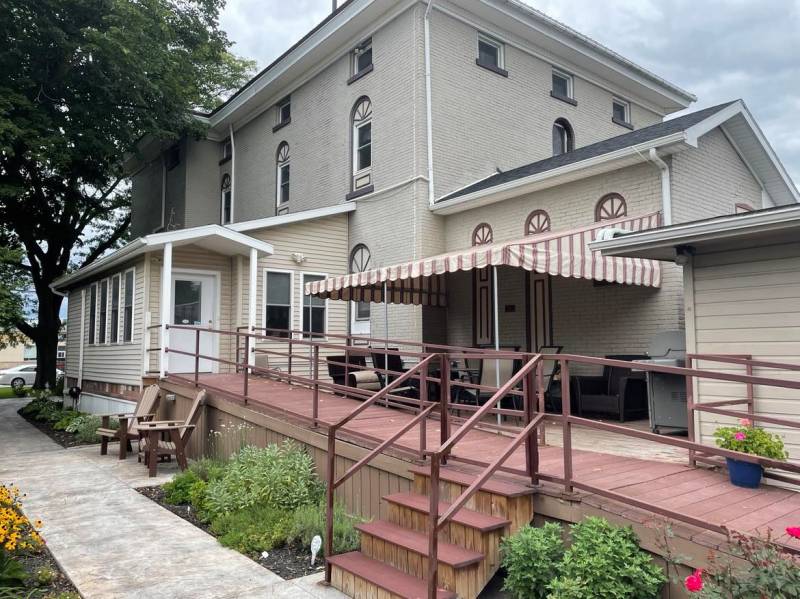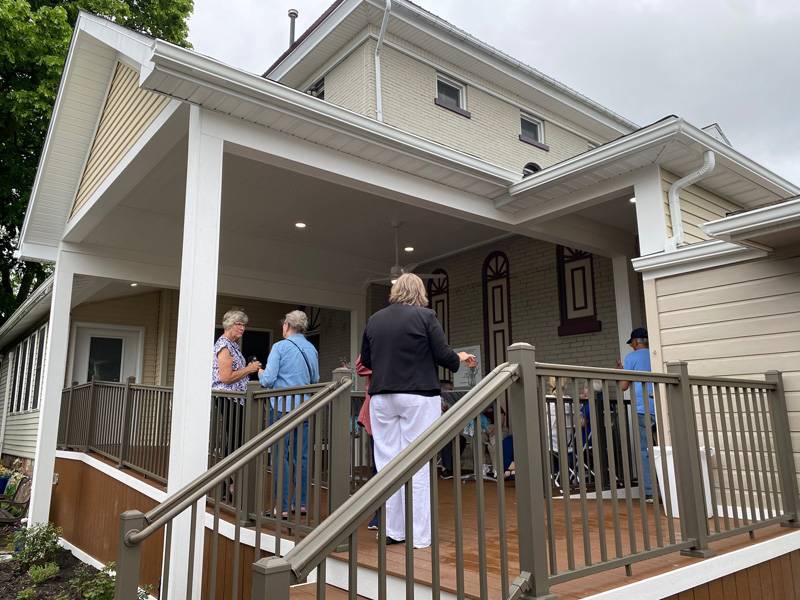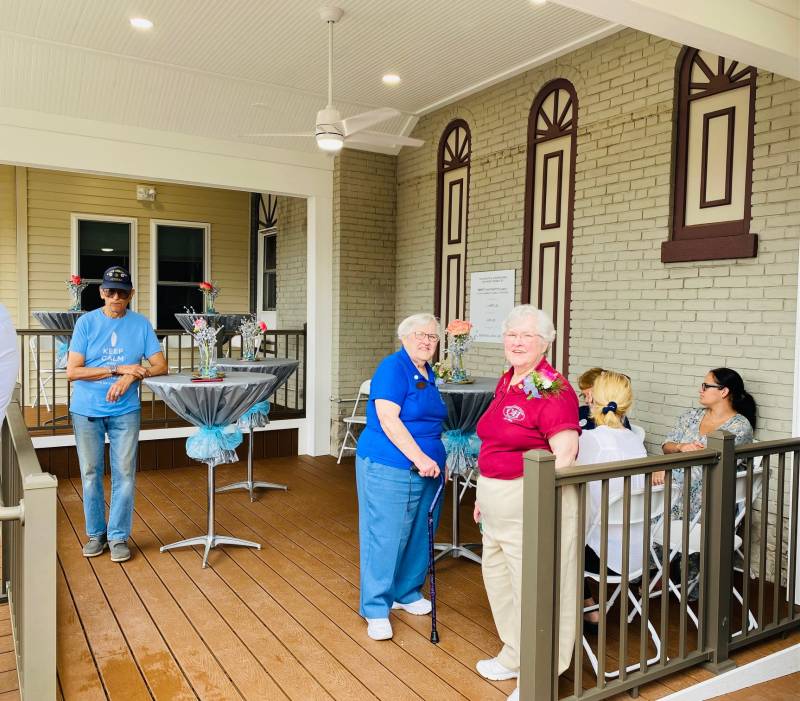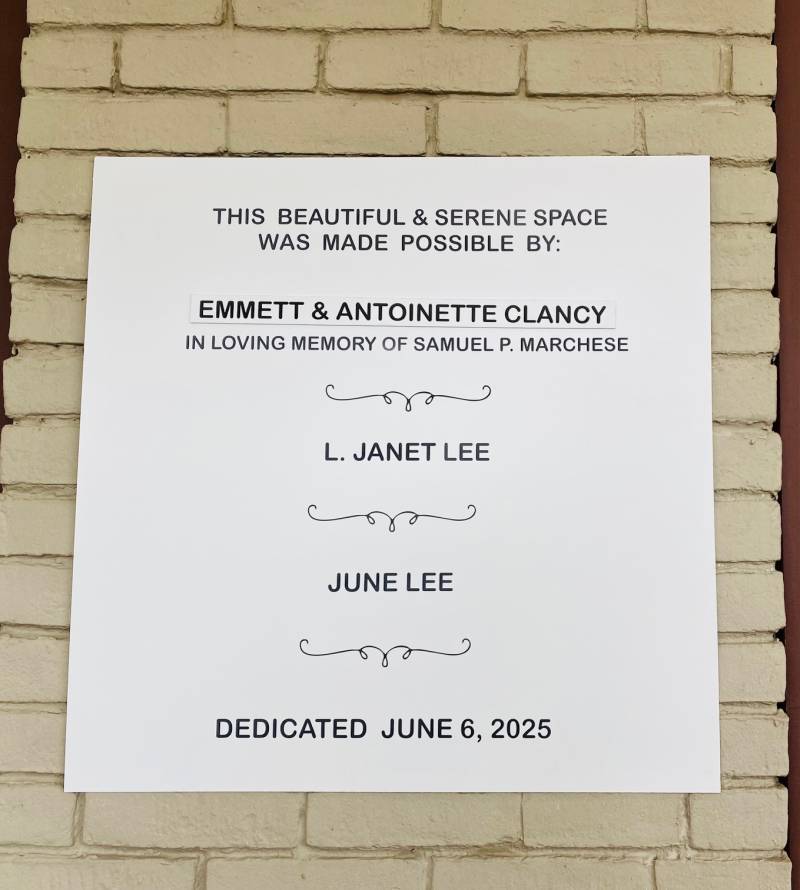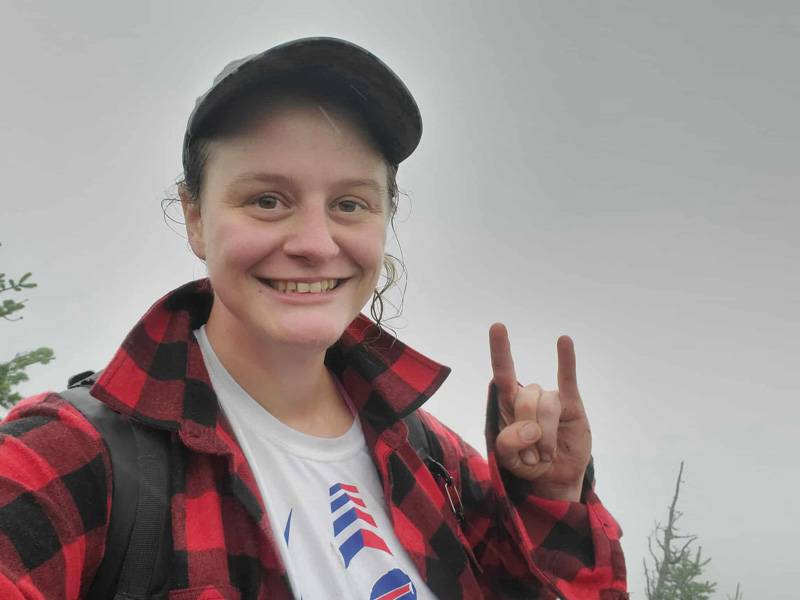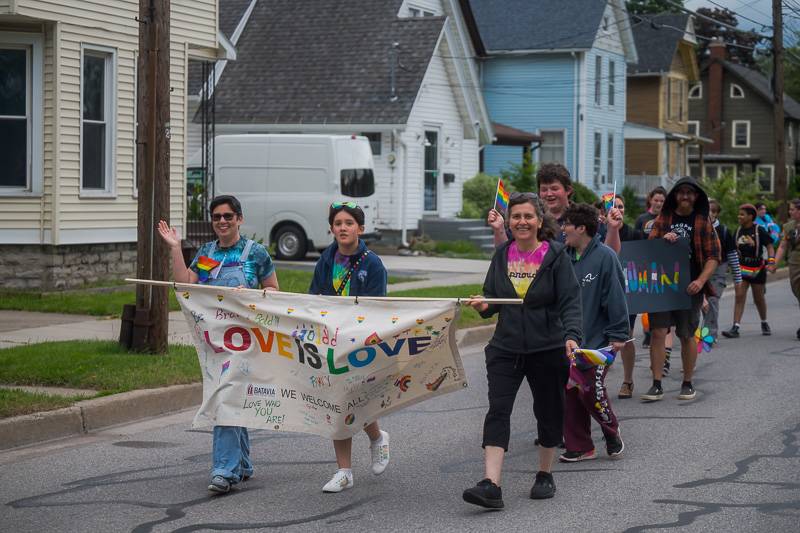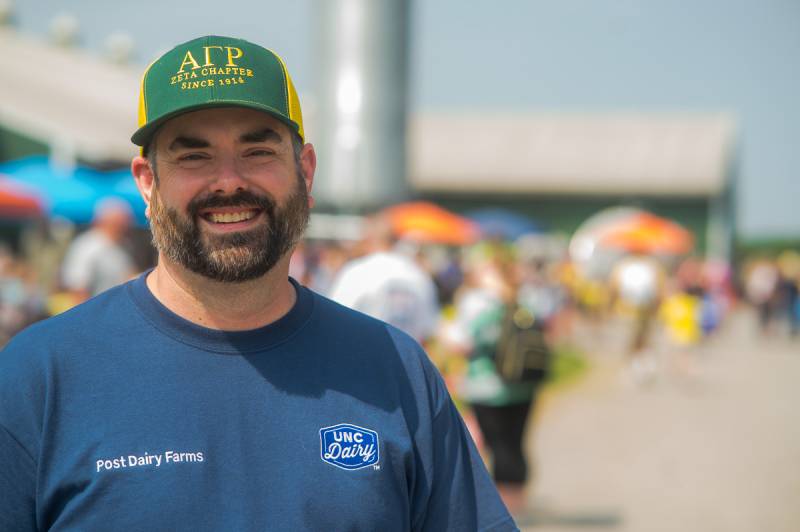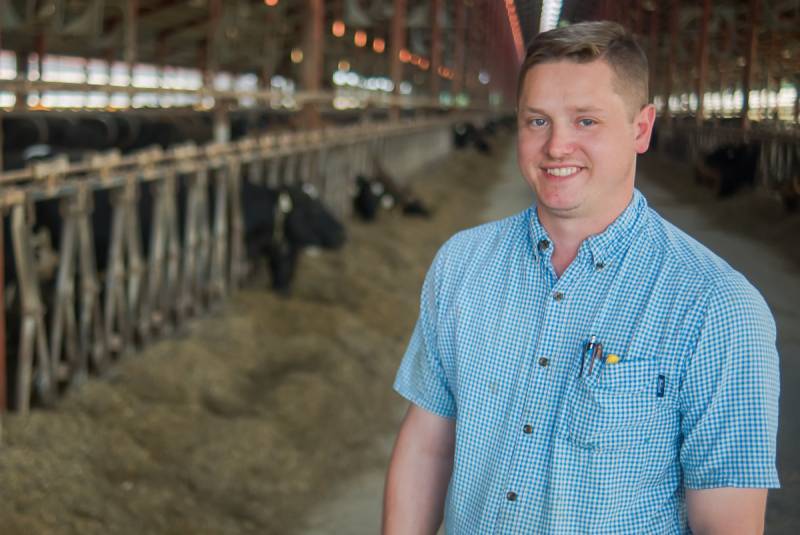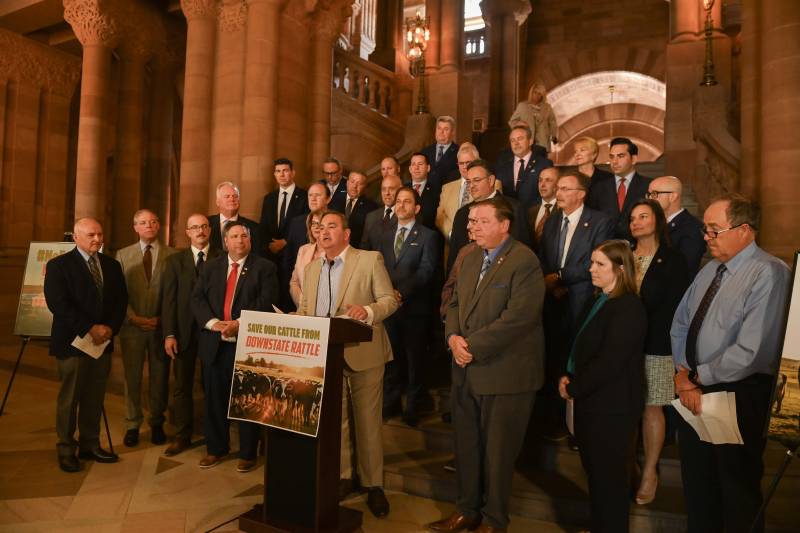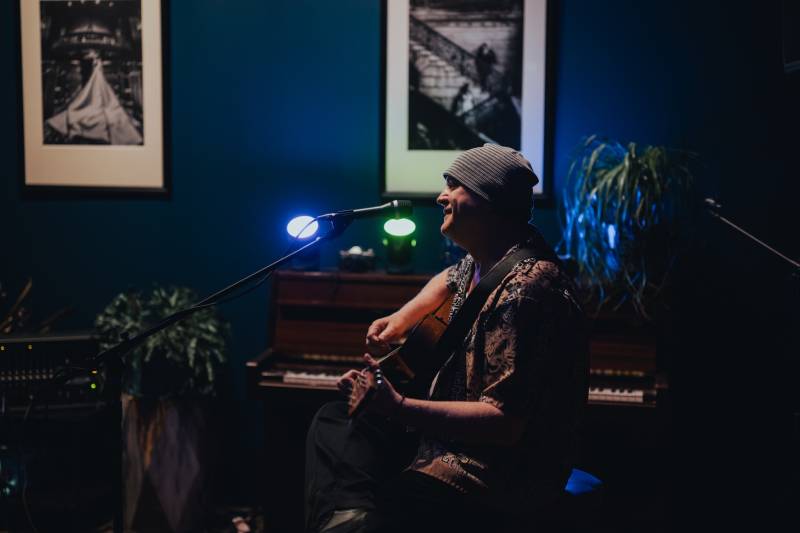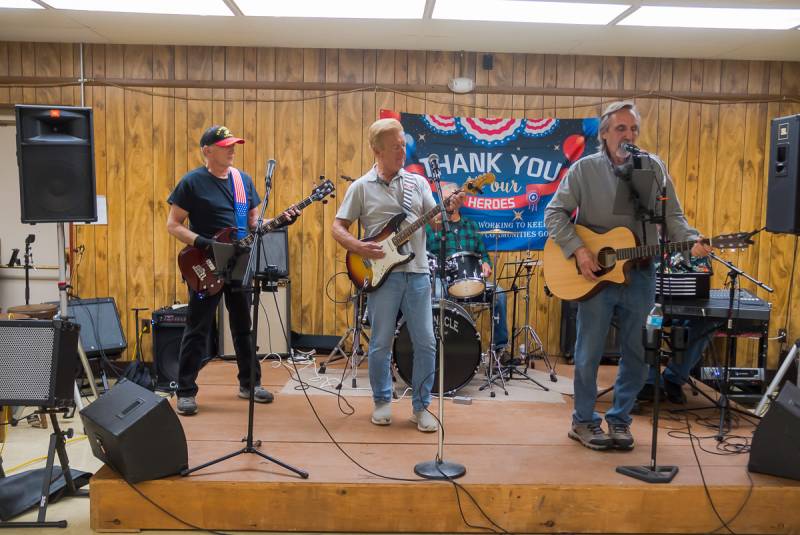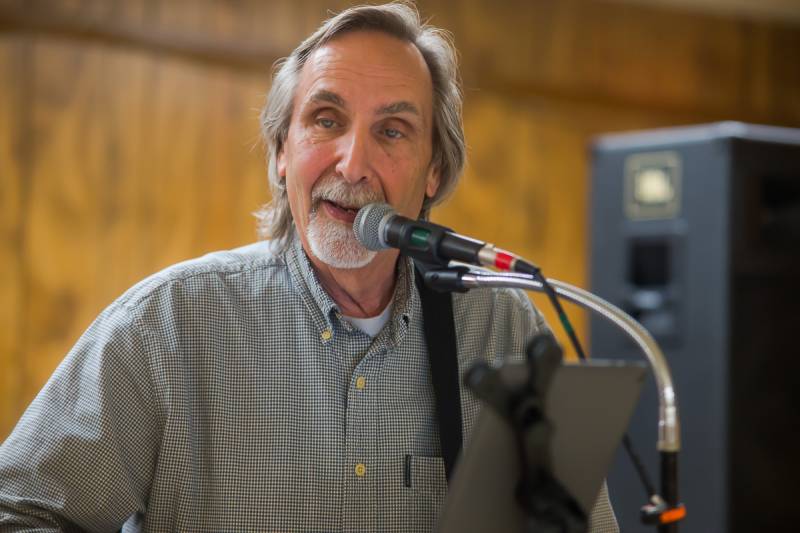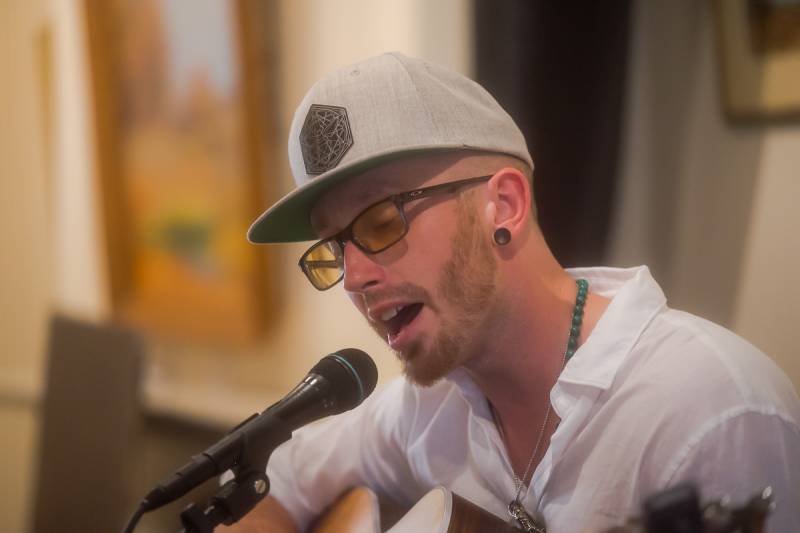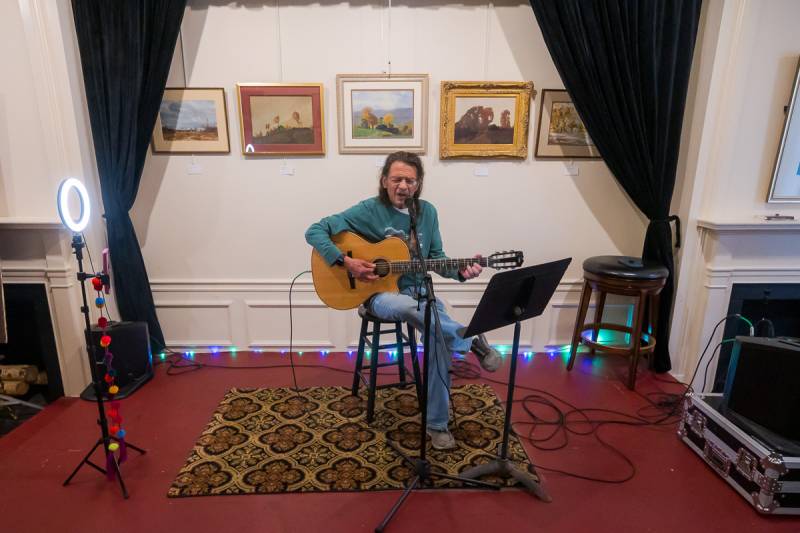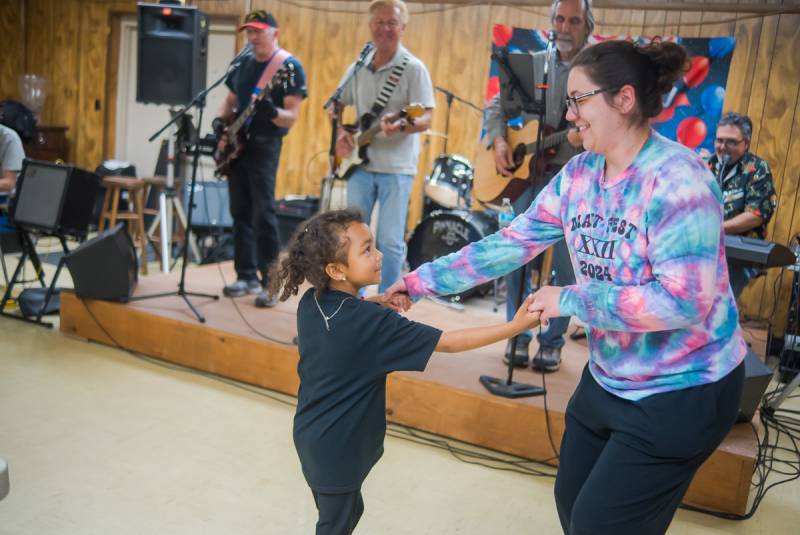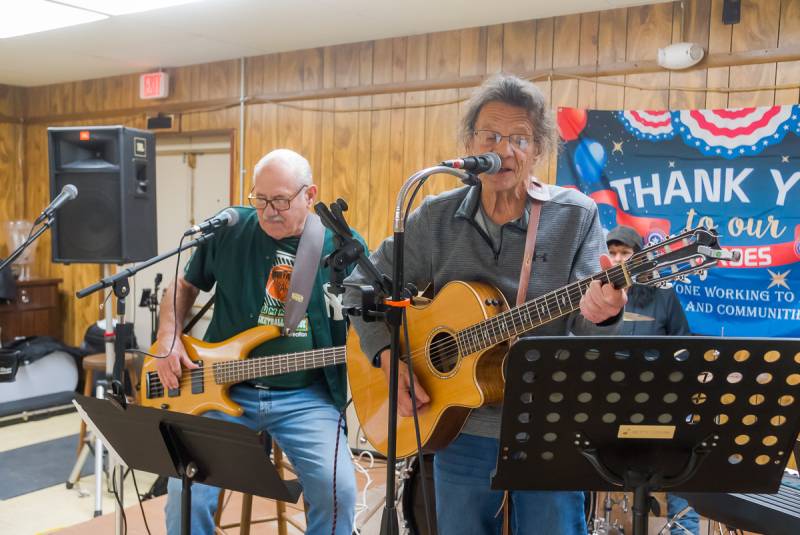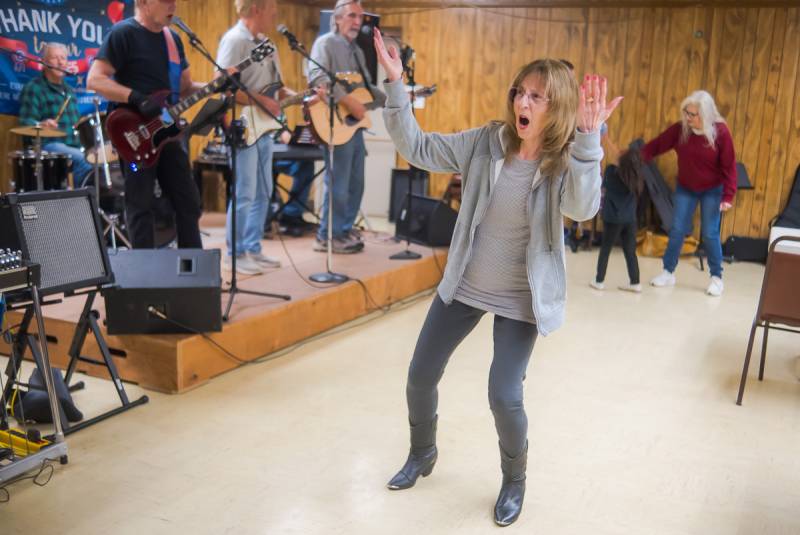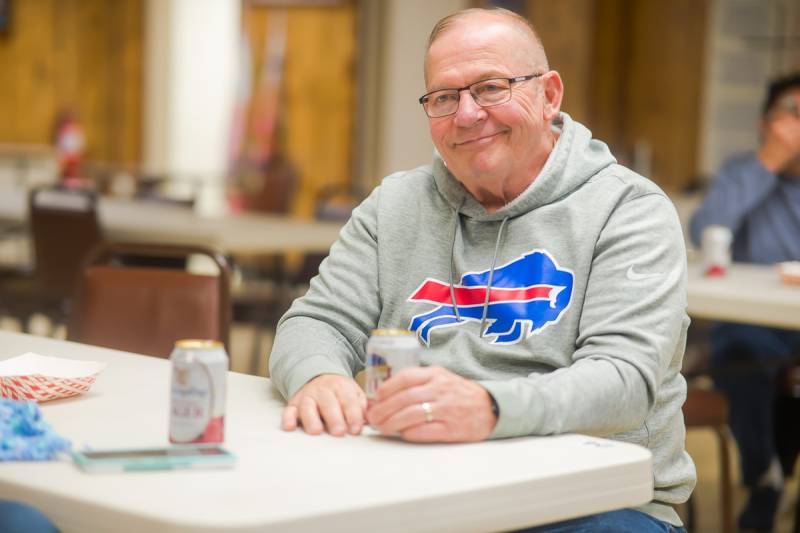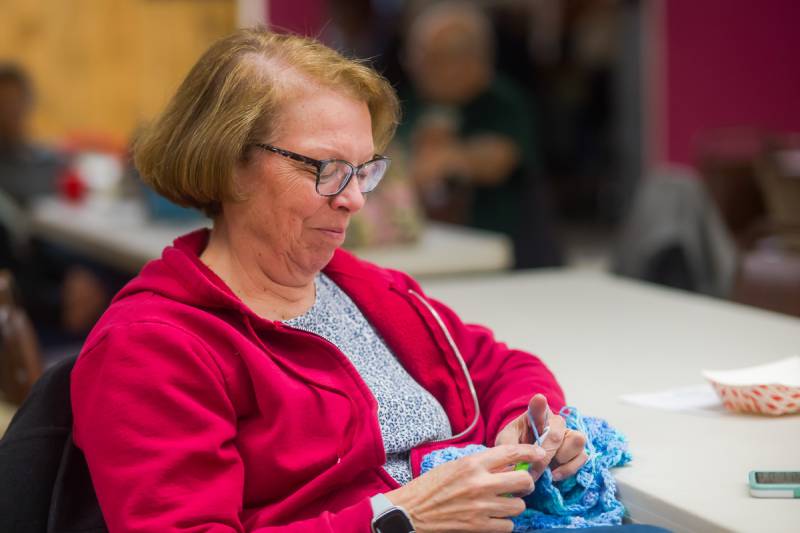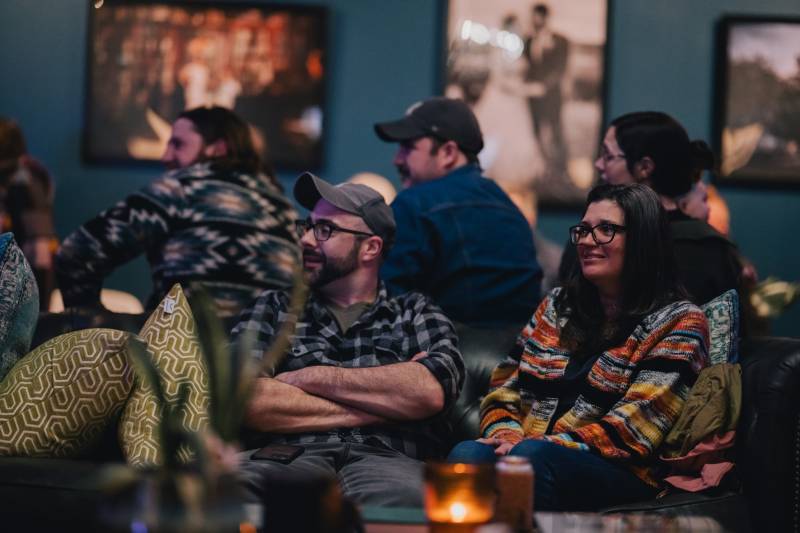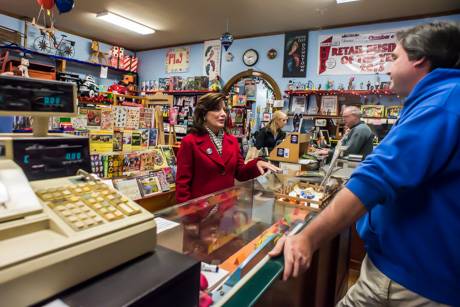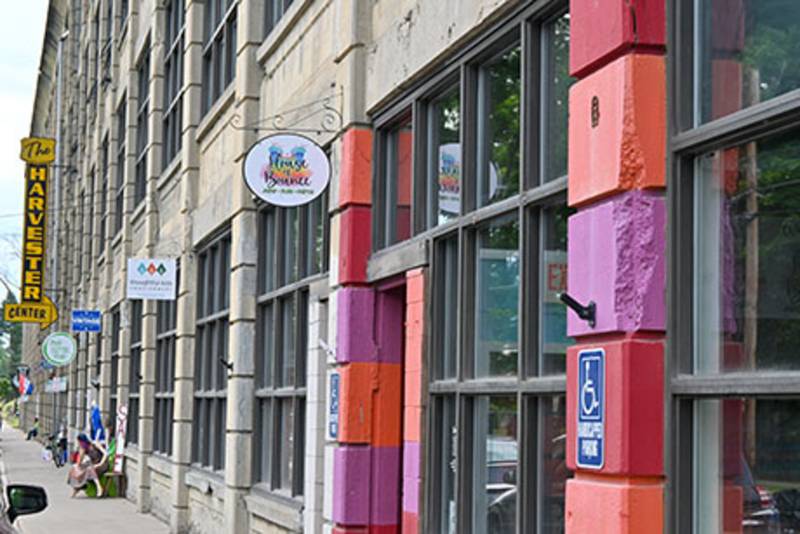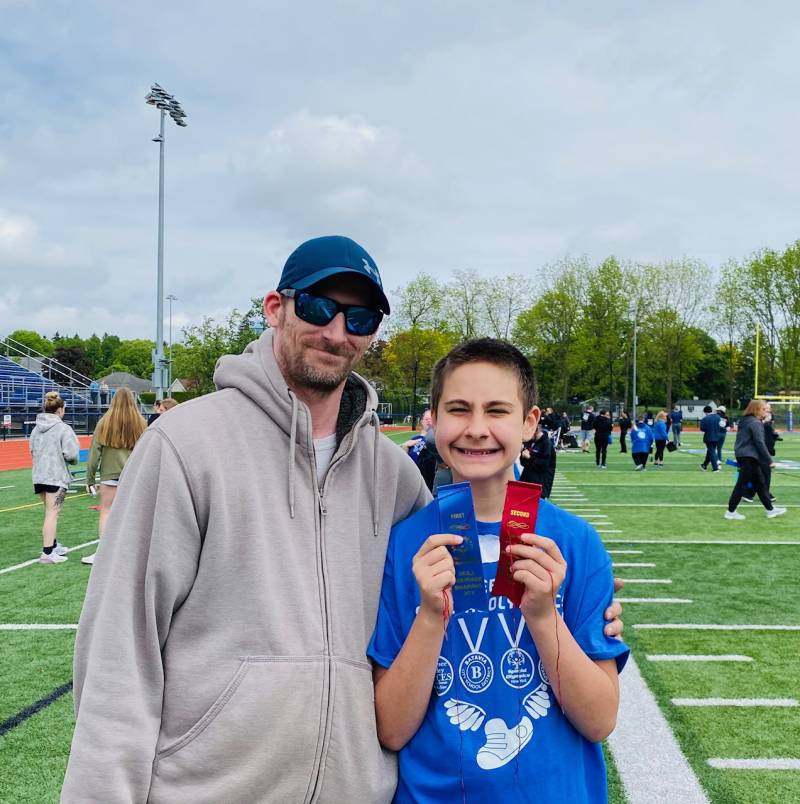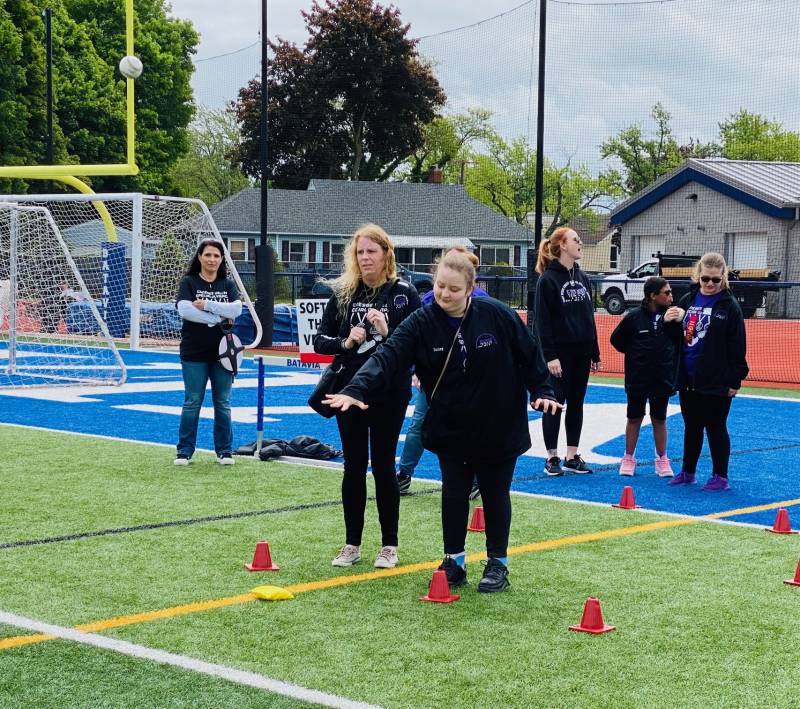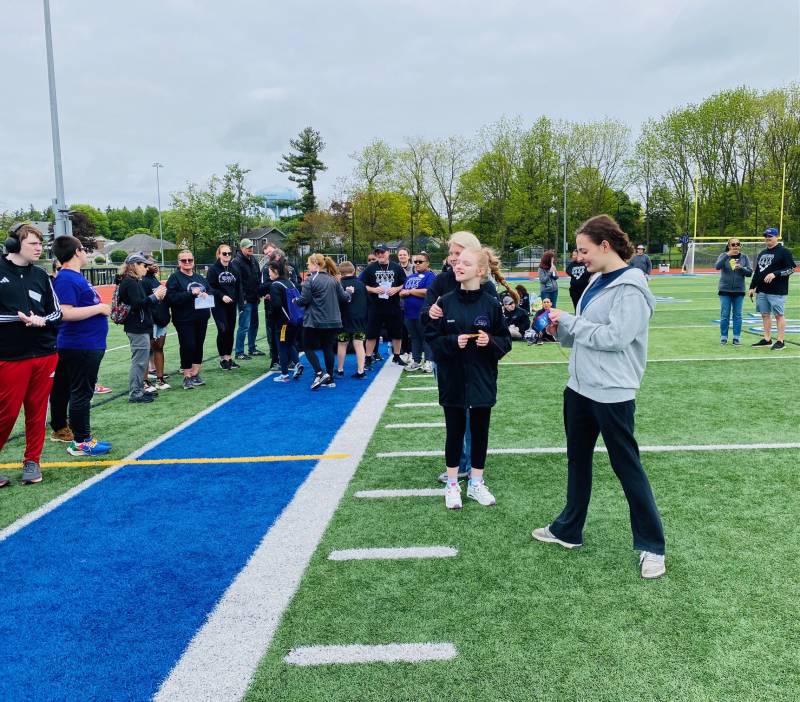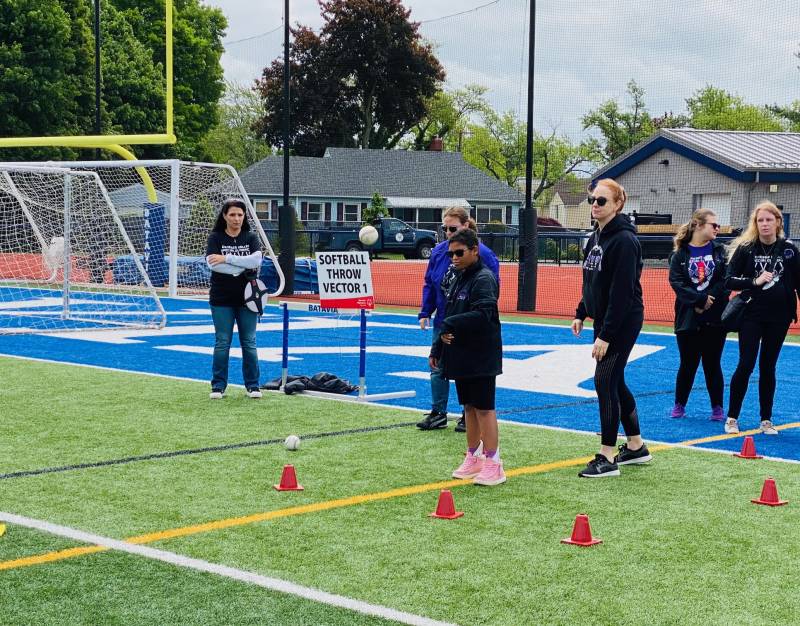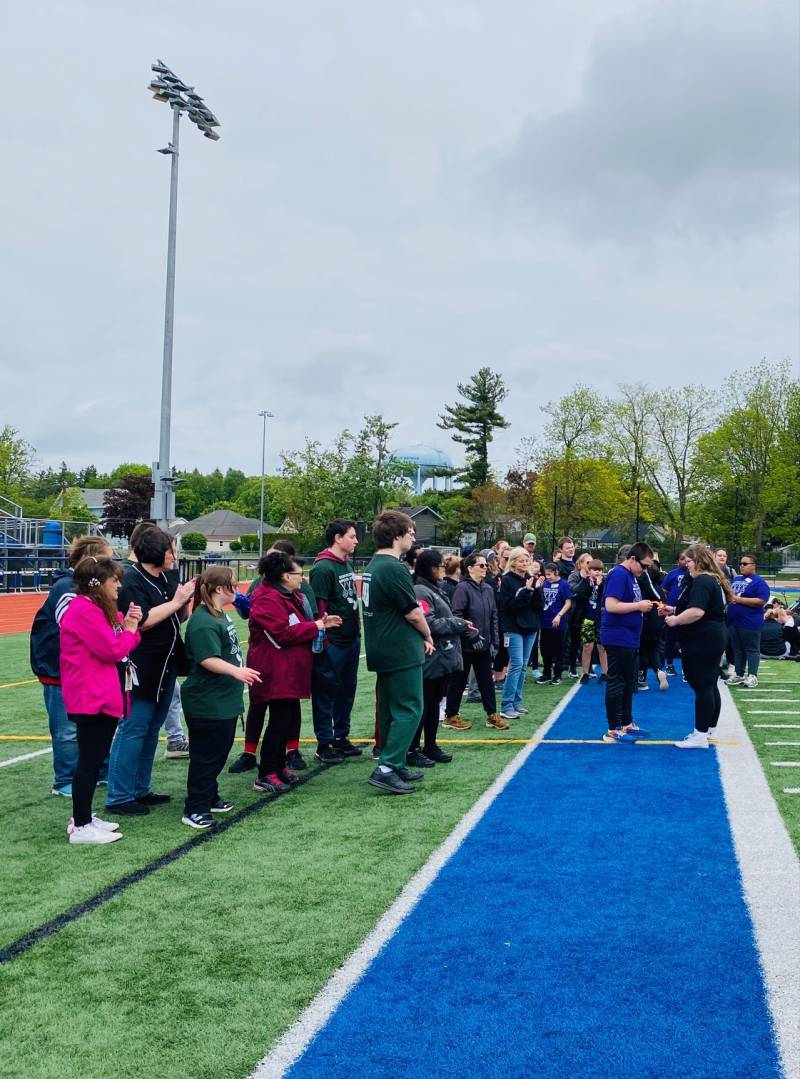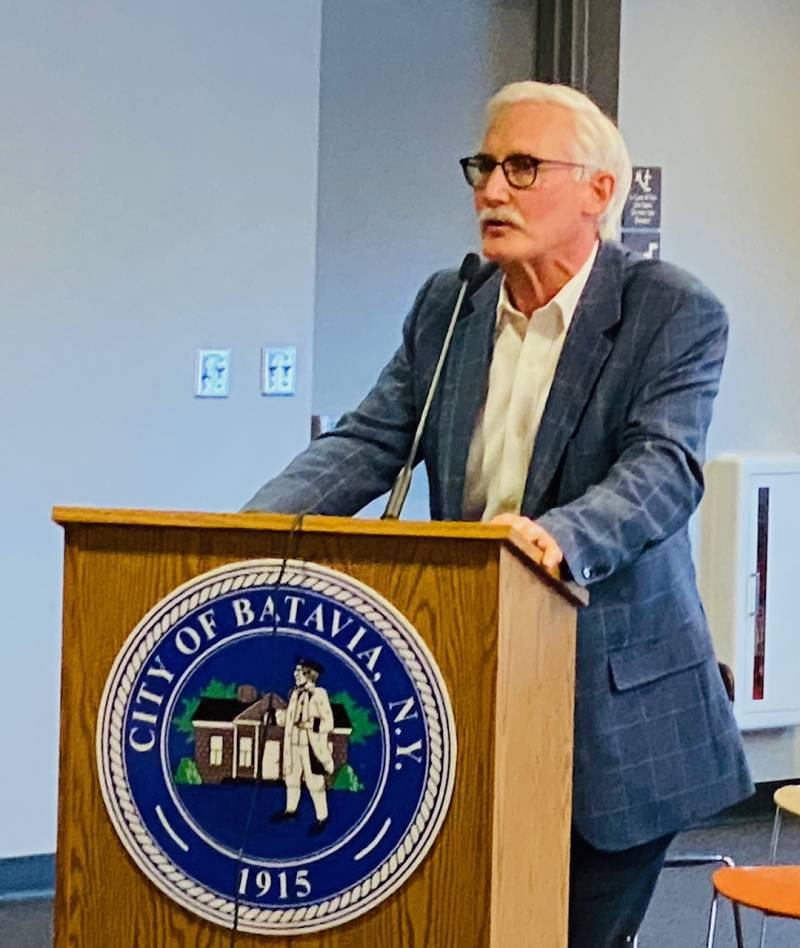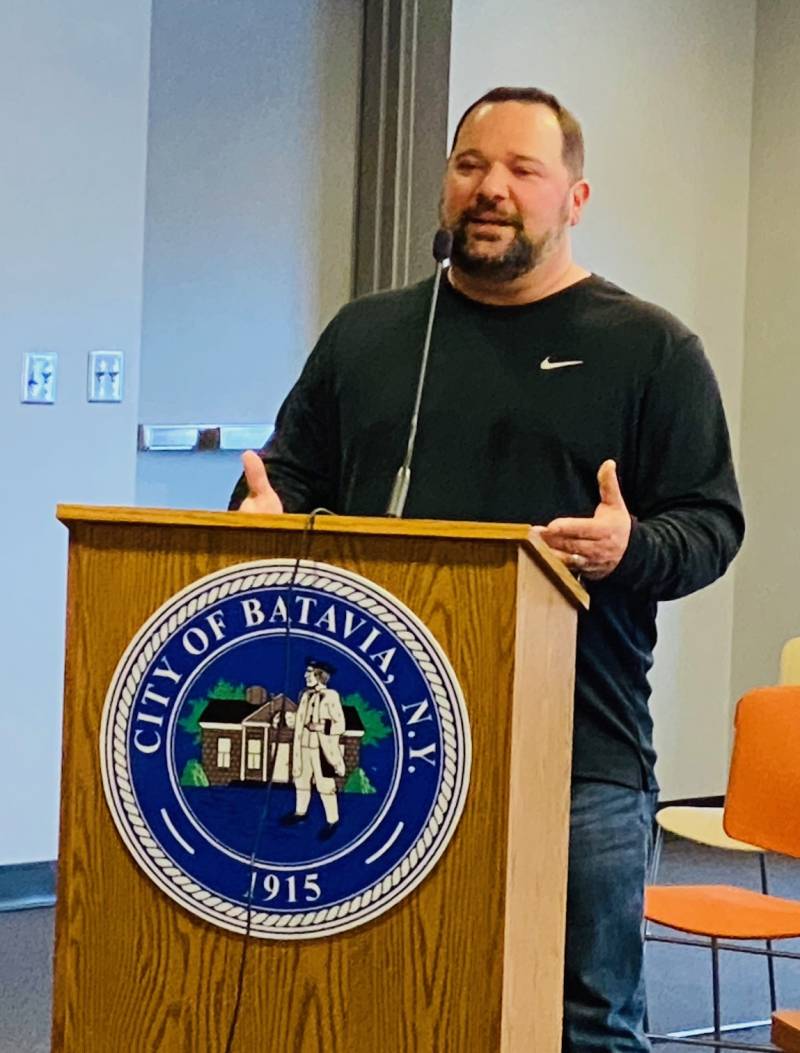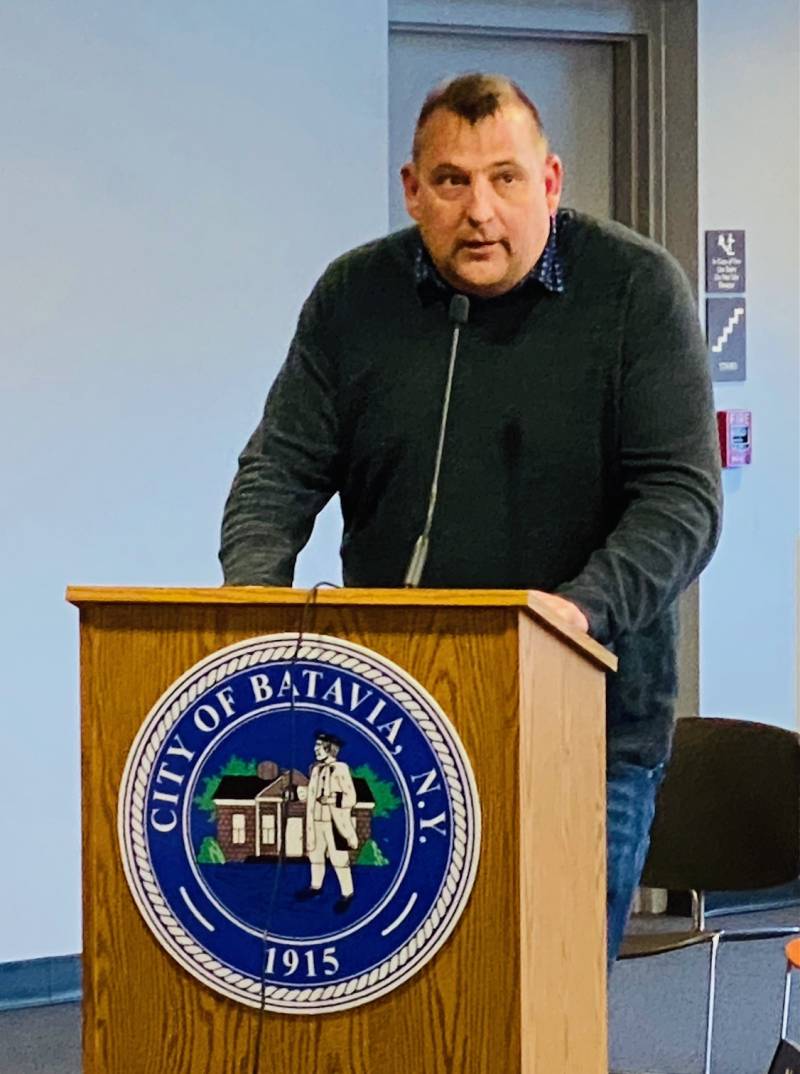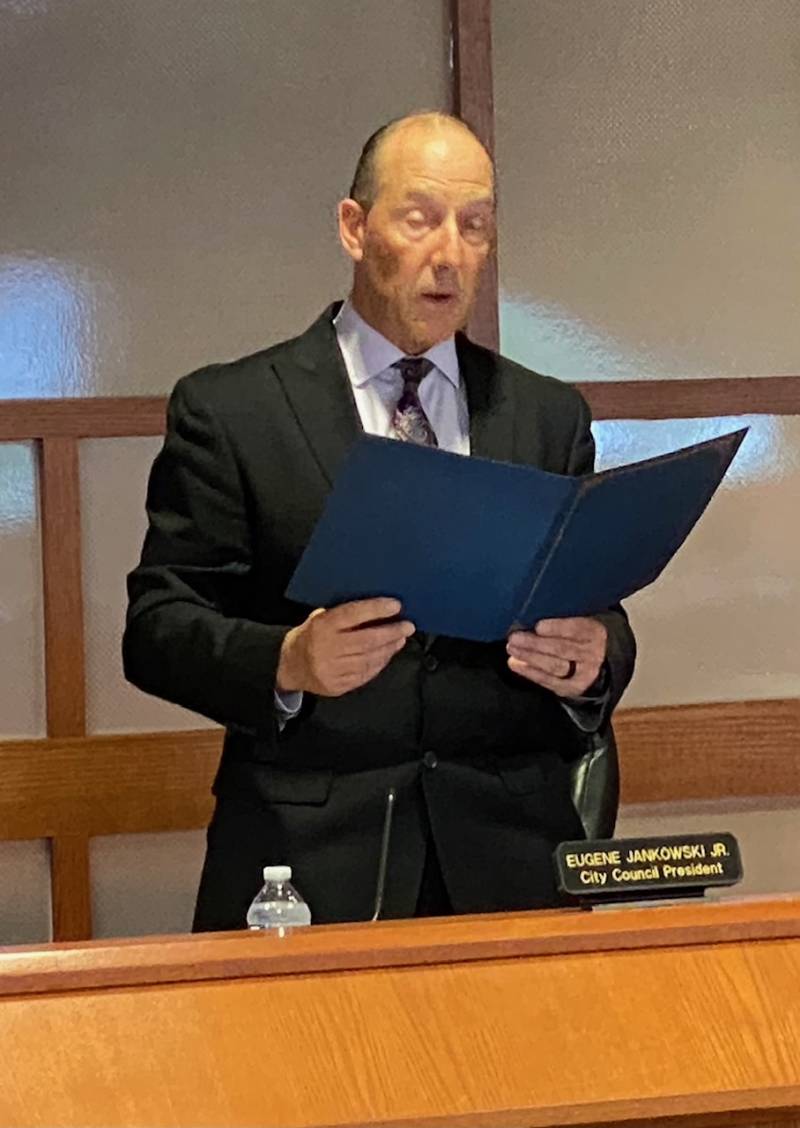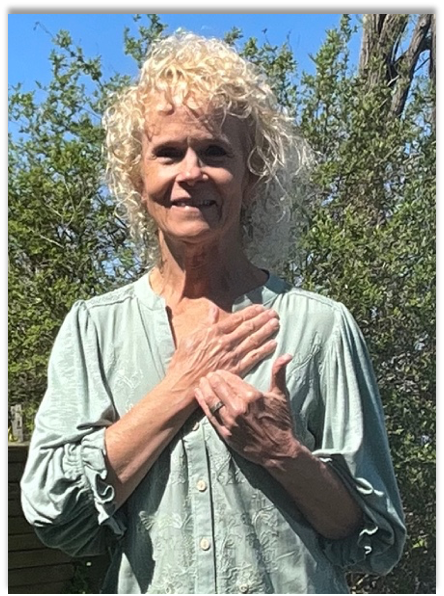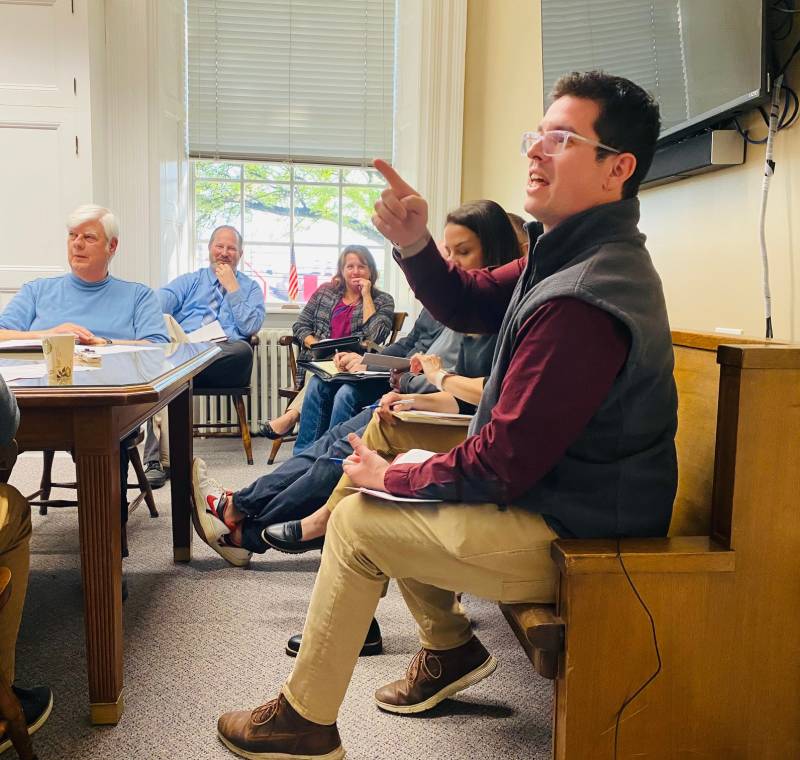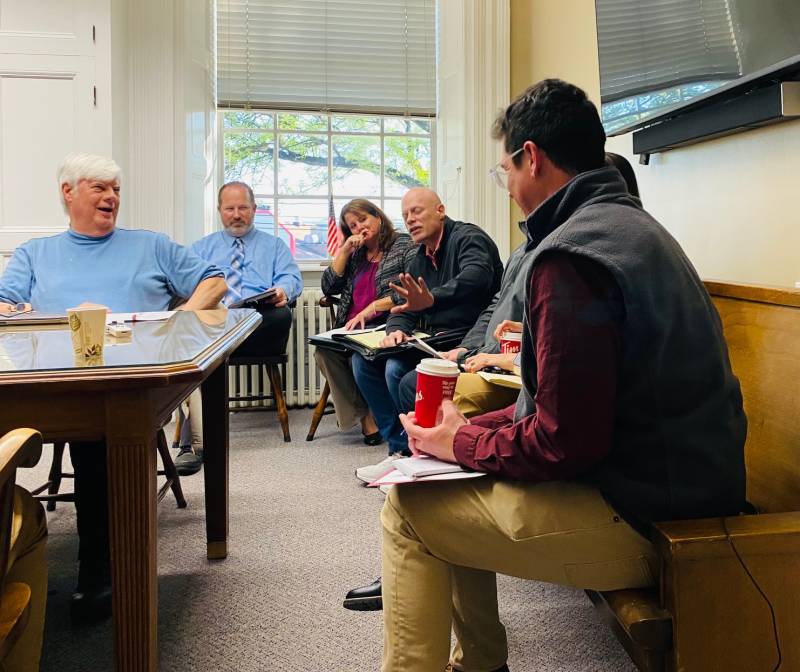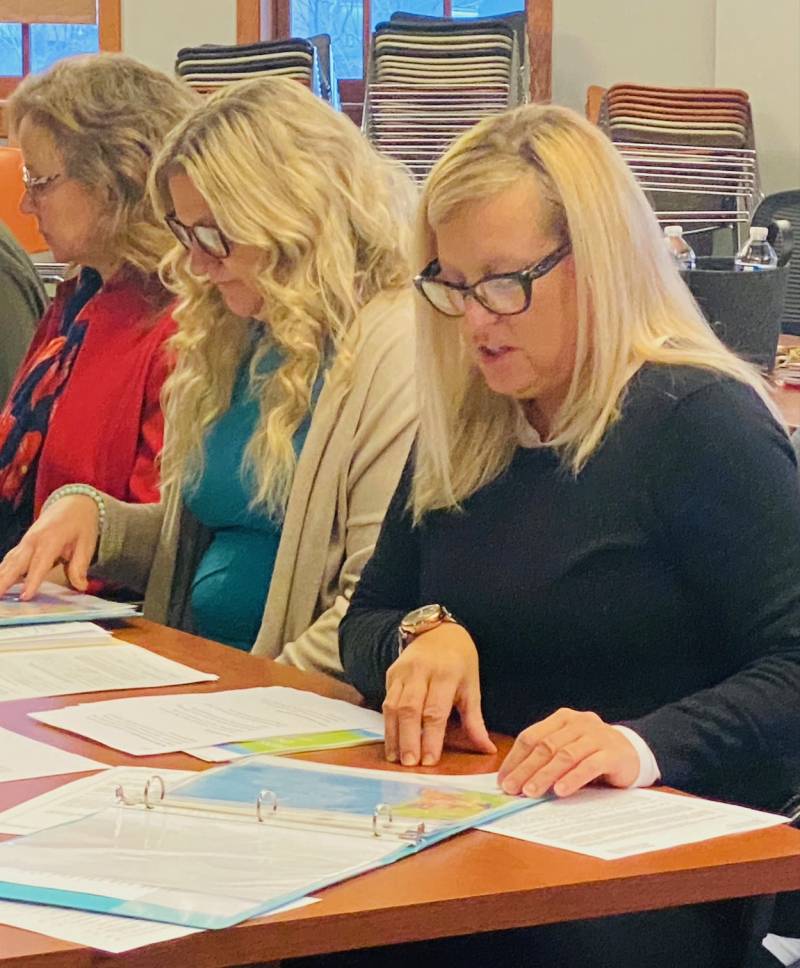Legislature District 5 candidate has full plate of goals, wants to make sure 'Le Roy is represented'
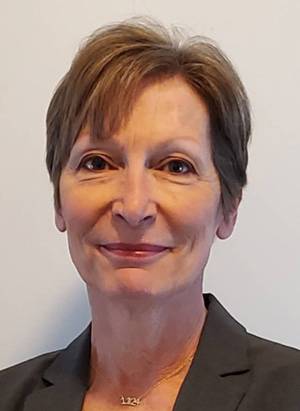
Editor's Note: An interview with Shelley Stein will run on Friday.
As a newcomer to politics, Laurie Mancuso feels confident with endorsements from the Le Roy Town Board and the Conservative Party. She is supported by former candidate George Vito, who recently dropped out of the race for Genesee County legislator.
Mancuso is running for the town of Le Roy District 5 seat against incumbent Shelley Stein.
As a longtime “transplant” from Ohio who moved to this area while in high school, Mancuso's extensive years in manufacturing leadership have included parlaying 30 years into multiple careers at Eastman Kodak and helping to develop thread sutures of all sizes at Johnson & Johnson — all of which have equipped her to be responsible for meeting the needs of customers and taxpayers alike, she says.
“So, it was really an organization that I was responsible for that included the operations, staff, supervision, engineering, maintenance, etc.,” she said during an interview with The Batavian. “So I was responsible for making sure that we satisfied the needs of the customers that we were filling orders for.
“I’m very pragmatic. I like data to guide some decisions, most decisions, at least when I’m in the capacity of leadership that I’ve been in. Data speaks my language, so to speak,” she said. “But there’s also the people side of things: there’s also that empathetic side of me that relates to people, and how decisions that I make, that we make, affect people and organizations. Any type of leadership role that I was in always had to consider that aspect of things, which was different from some of my peers, but that’s what makes work interesting.”
She obtained her bachelor’s degree in math and sociology — combining data and people — and went on to earn her master’s degree in business administration from the University of Rochester while working at Kodak. There was work and family — her husband, Andrew Kalish, and a now-grown son and daughter — until she retired in 2021.
“I came into politics here locally just recently because I believe that’s where you start to make a difference in your community if you want to move things ahead and make things better in your community,” she said. “I’ve been on the sidelines my whole life. I've been working, raising a family and letting things within the community happen, and now, as I'm retired and can step back and really consider what part I can play to help make things better in our community, I saw an opportunity here where I think I can make a difference.”
Mancuso has been involved in the village’s Comprehensive Plan Steering Committee, the village board and Le Roy Republican Committee. She attended both the Le Roy and Genesee County Republican meetings when the current District 5 incumbent, Shelley Stein, did not get an endorsement.
“That was a big signal: there’s something wrong, there’s some discontent, not only locally, but also at a broader county level,” Mancuso said. “I don't know what those things are, but as I've been going around talking with people, as I've petitioned for signatures to get on the ballot, and now as I'm doing more campaigning, there's just a very, very clear disconnection with her and the community. I don't think they're feeling supported by her, and I realize that she's the chair of the committees.
“So her responsibilities would be different than mine going into a legislator role, because I obviously would not be the chair, and I'll be able to really focus on the needs of Le Roy District 5, perhaps more than she's been able to in the capacity that she's in now as a chair,” Mancuso said. “I don't want to speak for Shelley. I just know that, if I were in her shoes, I can see where that that could be difficult to kind of balance the needs of all those responsibilities, but the bottom line is that the community is feeling that, and I'm directly hearing that and experiencing that, as I mentioned, at the committee meetings.”
If you were elected, what do you feel are the needs of Le Roy, and what would be your priorities?
- “I guess immediately, we need to close the gap with regard to communication and making sure that they in the community know me well, know what work I'm doing for them, what work the legislature’s doing overall, for the county. I just think there's a just a real need to make sure there's that connection. So that would be a big primary focus of mine.
- "The water project is one that is of interest to me as I'm learning more about Phase Three that we're just entering into now, and the timing of everything and considerations, perhaps to include more of the needs that we have within Le Roy for water on the south western side of this district," she said. "As I've been campaigning, I get an earful because they don't have water. And people have considered moving because they don't, and the issues that that brings, and the farmers also, as you can imagine, some challenges there. I will definitely want to understand more about what's happening and make sure the community knows what's happening around that.
- "The land bank is very interesting. I know that's one of Shelley's things that she wants to get done. I'm still learning about that. And my big thing is, I don't want to add more government to the current government, if it would mean adding a whole staff to do that. If the Economic Development Center can take it on, that might be the best place for it," she said. "If it's something that could fit into that type of organization, that would be something I would definitely support."
- "There's still some of the sales tax issue that happened five years ago. I think we're five years into a 40-year agreement now, yeah, the sales tax sharing, we don't want to repeat anything like that again," she said. "So I just want to be very clear that any decisions that we make as a legislature really gets back to our communities and that we understand what those implications are when we make those decisions."
The sales tax agreement was signed in 2021 as a way for the county to pay its debt service for the new jail. A distribution to the city of Batavia and towns and villages in the county is capped at $10 million a year from the revenue of sales tax, and that is to allow for a debt service of $4 million to be paid off each year.
Why do you believe you're the right choice for legislator?
“I want to make sure that Le Roy District 5 is represented and that I understand the challenges that we have as a county. There’s a lot of things that come from Albany that we have no control over as a county,” she said. “We have to question and utilize the people that we have connected to us, like our assemblymen and state senators, to work with us to make sure that they’re fighting for us and helping make things better and easier for us at the county level.”
Early voting for this year's Primary begins at 9 a.m. Saturday at the Arc Community Center, 38 Woodrow Road, Batavia.


